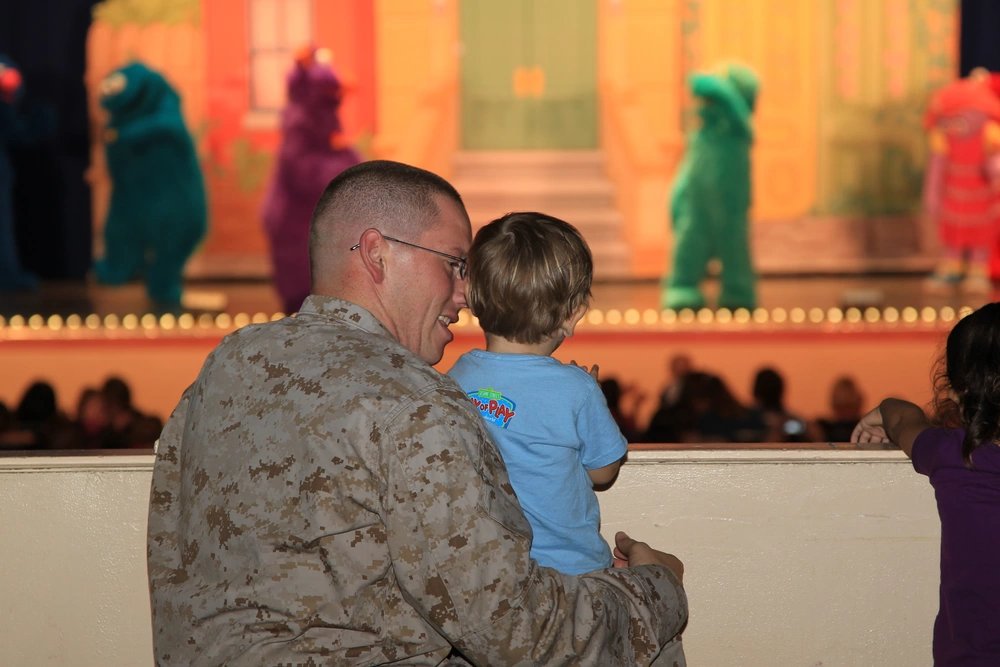

Deployment can be an emotionally challenging time for children, but with the right strategies and support, military families can help ease the transition.
A parent’s deployment is a significant emotional event for any child. The separation can lead to feelings of anxiety, sadness, and uncertainty. However, with the right coping mechanisms, military families can help children manage these emotions and maintain stability. Whether it’s through open communication, consistent routines, or engaging activities, there are numerous ways to support children during this difficult time.
In this article, we’ll explore expert advice, personal stories from military families, and resources that can help children cope with deployment.
Maintaining Open Communication
One of the most effective ways to help children cope with a parent’s deployment is through open and honest communication. Ensuring children understand what’s happening—and why—can alleviate feelings of confusion and fear.
Tamika’s Story:
During my husband’s deployment, I made it a priority to communicate openly with our children. I explained the importance of their dad’s need to be away, in a way that was age-appropriate and honest. This helped them feel more secure, knowing that their dad’s absence was not permanent and that he was fulfilling an important duty.
Experts recommend that parents encourage their children to ask questions and express their feelings about the deployment. Addressing concerns directly and validating emotions can help children feel more in control of the situation. Regular communication, whether through phone calls, video chats, or voice messages, can help maintain a sense of connection with the deployed parent.
Maintaining Routines
Consistency and routine are key for providing a sense of security for children during deployment. A structured day can help them focus on daily tasks, rather than dwelling on the absence of a parent.
Tamika’s Story:
When my husband deployed, I made sure that our children’s daily routines stayed the same. From bedtime to schoolwork, keeping things consistent gave them a sense of normalcy. This was especially important during the pandemic when our regular outlets, like extracurricular activities, were no longer an option. I focused on in-home activities such as arts and crafts to keep them engaged and distracted from the stress of the situation.
Experts suggest that maintaining routines provides stability and a sense of control, which can reduce anxiety. A visual schedule for younger children can help them understand what to expect each day, while older children may appreciate involvement in planning their activities.
Keeping Children Engaged with Activities
During deployment, keeping children busy with meaningful activities can be an excellent way to divert their attention and help them cope. Whether it’s through sports, creative hobbies, or social activities, staying engaged helps children process their emotions in healthy ways. The goal is to create an outlet for them to express their feelings and keep their minds occupied.
Experts often recommend structured activities to provide a sense of purpose and enjoyment. Creative outlets like drawing, journaling, or music can be particularly helpful for children in expressing their emotions. Physical activities, such as outdoor play or sports, are also important for reducing stress and improving overall mood.
Supporting Emotional Wellness
The emotional toll of deployment can affect children in various ways, depending on their age and temperament. It’s important to recognize signs of stress, such as changes in behavior, withdrawal, or increased anxiety, and address them early on.
Tips for Emotional Support:
- Create a Communication Plan: Set up regular check-ins with the deployed parent via phone calls, video chats, or emails. This helps maintain a connection and reassures the child that their parent is thinking about them.
- Use Comfort Objects: Encourage children to keep something that reminds them of their parent, like a photo, letter, or special object. This can provide comfort during moments of sadness or anxiety.
- Provide Emotional Outlets: Let children express their emotions through art, writing, or talking. Giving them a safe space to share their feelings can help them process the situation.
Resources for Military Families
There are numerous resources available to military families to help children cope with the emotional challenges of deployment. Here are a few to consider:
- Military OneSource: This service offers a range of resources, including counseling and support for military families. They have specific resources for children coping with deployment, and they offer 24/7 confidential help.
- Sesame Street for Military Families: This initiative provides videos, activities, and resources for younger children to help them understand and cope with deployment. Learn more here.
- Military Kids Connect: This site offers online support, games, and videos designed to help children of all ages navigate the emotional challenges of having a parent deployed.
Deployment is challenging for both children and parents, but with open communication, consistent routines, and engaging activities, military families can help their children cope in healthy ways. Whether through creative outlets, physical activity, or emotional support, children can learn to navigate the emotional challenges of deployment and develop resilience for the future.
Every family’s journey is unique, but by sharing experiences and using available resources, military families can support each other and thrive through the ups and downs of deployment.
